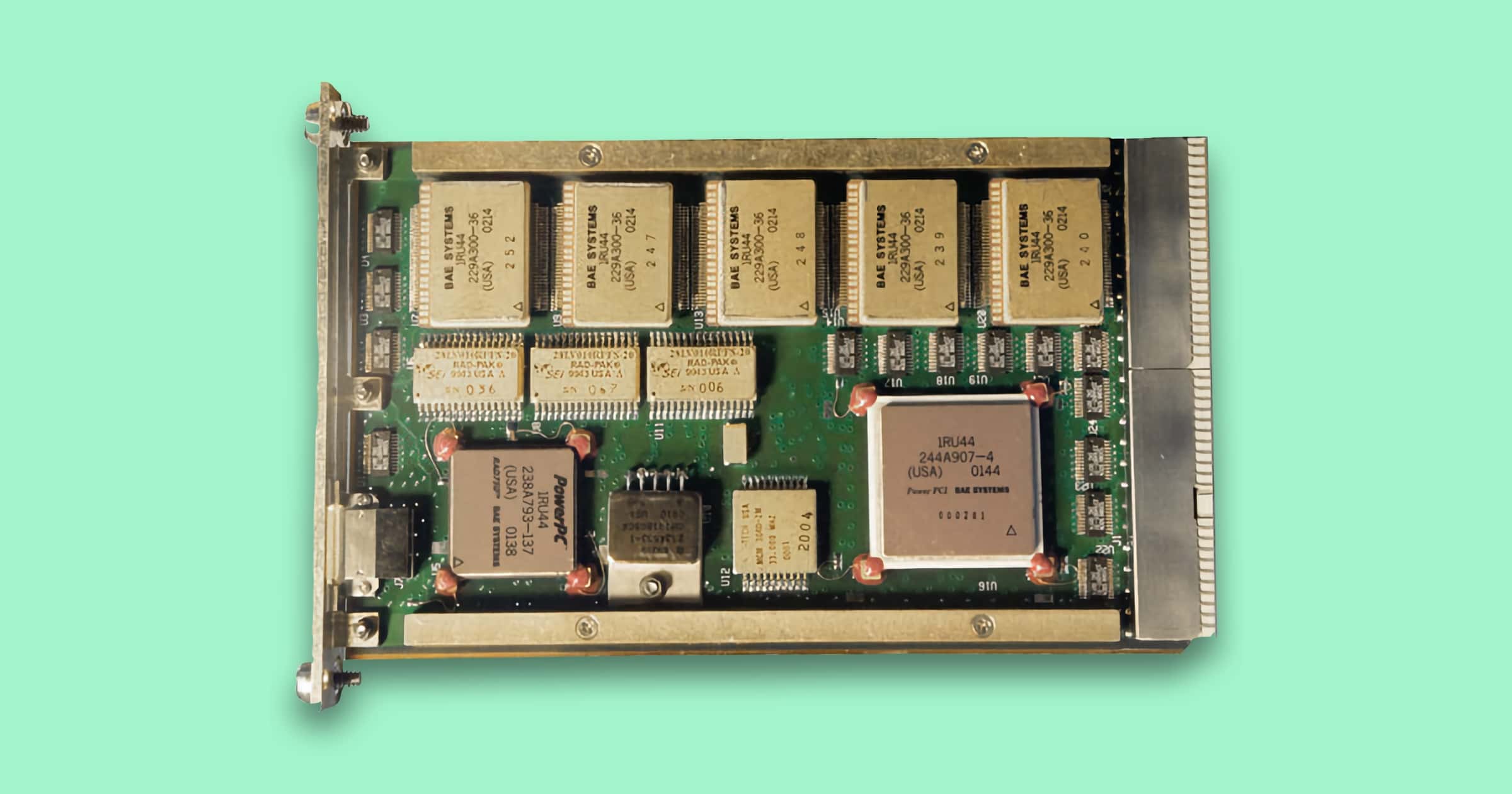Remember that new rover NASA landed on Mars recently? Apparently the Perseverance rover is running on a modified PowerPC 750 processor of the kind used in the original iMac G3 from 1998 (via Gizmodo).
iRover
The PowerPC 750 is a single-core, 233MHz CPU that replaced the PowerPC 603e. Notable updates included a faster 60x system bus running at 66MHz, bigger L1 caches (32 KB instruction and 32 KB data), a second integer unit, and an enhanced floating point unit.
The particular processor used in Perseverance, Mars Science Lab (Curiosity), and the Mars Reconnaissance Orbiter, is a modified version of the 750. It’s called the RAD750 and it’s hardened against radiation. It’s manufactured by BAE Systems and can withstand 200,000 to 1,000,000 Rads and temperatures between −55 and 125 degrees Celsius (-67 and 257 degrees Fahrenheit). Each chip costs a bit over US$200,000.
As Matt Lemke, NASA’s deputy manager for Orion’s avionics, told The Space Review in 2014:
Compared to the [Intel] Core i5 in your laptop, it’s much slower…it’s probably not any faster than your smartphone. But it’s not about the speed as much as the ruggedness and the reliability. I need to make sure it will always work.
Overall, it cost about US$2.4 billion to create Perseverance with another US$300 million for landing and operation.

Andrew:
If memory serves, I believe the same has been true of all of the Mars rovers; they have used a variant of the CPUs used in various generations of Macs as opposed to Intel CPUs. NASA’s selection is based on the CPU’s capacity to withstand both high levels of radiation on the surface as well as the wide temperature differentials over time. Apparently, to date, the CPUs that have powered Macs have had that capacity.
It would not be surprising if the new SOCs are similarly capable, but I’ve seen no reports.
Note to Mark Watney: Bring a Mac. You may need it, buddy.